What if an artist’s daughter becomes an artist? Fathers and daughters Many years ago I had the honour of being invited to open the major retrospective exhibition of the work of Nora Heysen. It had been curated by the amazingly erudite Lou Klepac and was held at the National Library of Australia in Canberra. It was a knockout show that traced Nora Heysen’s development from her early juvenile years in Hahndorf, South Australia, through to her mature work, where she was the first woman to win the Archibald Prize for portraiture (1938) and the first woman to be appointed as an Official War Artist (1943-46). Despite recognition in many sectors, she was shy about exhibiting, and avoided publicity and the limelight. Nora was the daughter of the very popular landscape painter Hans Heysen and was brought up within the sheltered workshop of the family property, The Cedars, outside of Adelaide. At The Cedars, she had her own studio and worked under the watchful eye of her father, while taking lessons in art in Adelaide. In 1934 she travelled with her family to Europe and remained alone in London to attend art schools. She returned to The Cedars in October 1937 and worked in her old studio for a few months before abruptly leaving for Sydney to strike out on her own. After her opening in Canberra in 2000, at the age of 89, Nora Heysen told me something that has haunted my imagination ever since. She recounted how, on her return from Europe and working in a style that we could term as ‘conservative classical modernism’ – in other words basically an academic style that had absorbed elements of Paul Cézanne and the Impressionists (in her case mainly Pissarro) – an incident occurred in her studio. She had been working on a still life composition and left it on her easel in her studio overnight. When she returned the following morning, she noticed that her father had intervened in the composition, straightening out her lines and reinforcing the perspectival structure of her composition. Over breakfast Hans did not mention his artistic intervention and she never brought it up herself, but it confirmed in her mind that she needed to get out of Adelaide if she was to survive as an artist. A few weeks later, Nora Heysen left the comfort and security of her family nest at The Cedars and left the protection and patronage of her father whom, as she told me, she simply adored, and by early 1938 had settled in Sydney and joined the Society of Artists. She supported herself through painting portraits and a few months later won the Archibald. Her father still pulled strings in the art world to open the path to commissions for his daughter and along the way did not spare her with tips on painting, as can be seen in their voluminous correspondence. News that the National Gallery of Victoria will be holding a large Hans and Nora Heysen exhibition in March 2019 brought to mind my memories of Nora, but also raised the question of fathers and daughters as artists. We are all familiar with stories of artists being the sons of artists, Pablo Picasso being initially taught by his father José Ruiz y Blasco, is an obvious example. What about the daughters of artists who become major artists in their own right? Historically, the Academy has often barred women from attending life classes. Being unable to master the nude impeded their development as fully fledged artists. One way around this was for a daughter of an artist to work as an apprentice in her father’s studio and, when she had mastered his skillset, she could embark on her own path. Here the most famous example in art history is Artemisia Gentileschi, who trained in the manner of Caravaggio in the studio of her father Orazio Gentileschi. Subsequently, she branched out on her own working in Florence, Rome, Naples and in England. Although her art has been overshadowed by sordid and tragic episodes in her biography, over the past few decades she has been rightly acknowledged as a significant Baroque painter. The French Baroque artist, Louise Moillon was taught by her father and subsequently her stepfather, both of whom were artists. She became famed for her still life paintings, which were collected by nobility and royalty. Marietta Robusti, the daughter of the great artist of the Venetian Renaissance known as Tintoretto, received, along with other members of the family, her training in her father’s studio with her identity generally subsumed within that of the studio. It has been argued that she was a major contributor to the workshop and on her early death at the age of 30 in childbirth, the workshop declined. The French animal painter and sculptor, Rosa Bonheur, likewise was the daughter of an artist and rose to considerable prominence in the 19th century breaking many of the social and artistic taboos of her time. This little thought adventure is unresolved – Hans lovingly meddled in Nora’s art and career; Orazio did as much in his power as possible to advance the career of his talented daughter, while Tintoretto roped Marietta and her brothers Domenico and Jacopo into the family painting business. I suspect that, in the end, Raymond Bonheur, while taking early pride in his daughter Rosa, was later calling for smelling salts as she championed lesbianism and democratic principles, long before they became fashionable. It will be interesting to see, how many other examples can be excavated of an artist father teaching his daughter art, with her then going on to become a significant artist in her own right.
6 Comments
Giselle
27/1/2019 15:57:45
Thankyou it was enjoyable and informative , also a daughter of an artist but he was not very public . He was my inspiration .
Reply
David Chalker
27/1/2019 16:13:31
Always preferred Nora Heysen's work to that of her father, as magnificent as his achievements were. Your insight on Nora's sudden move to Sydney says much for her integrity as a creator and story teller. The stories of other daughter artists are fascinating
Reply
Mark Visione
27/1/2019 21:27:32
For example: In Holland:
Reply
Susan Bell
29/1/2019 14:40:33
The Cedars is a lovely property and the studios of each are very different, even though Hans started in the one later used for Nora. I expect she had what she needed from staying there except independence from her father. His studio is interesting in seeing his style and the formality of his processes and uses of materials. Two different eras overlapping.
Reply
2/2/2019 21:48:30
Most interesting stories, will be looking forward to seeing Nora Heysen's exhibition.
Reply
Your comment will be posted after it is approved.
Leave a Reply. |
GRISHIN'S ART BLOG
Sasha Grishin AM, FAHA is the author of more than 25 books on art, including Australian Art: A History, and has served as the art critic for The Canberra Times for forty years. He is an Emeritus Professor at the Australian National University, Canberra; Guest Curator at the National Gallery of Victoria, Melbourne; and Honorary Principal Fellow, Faculty of Arts, at the University of Melbourne. Archives
June 2024
Categories
Keep up-to-date with Sasha Grishin's blog with the RSS feed.
RSS offers ease of access and ensures your privacy, as you do not need to subscribe with an email address. Click here to download a free feed reader |

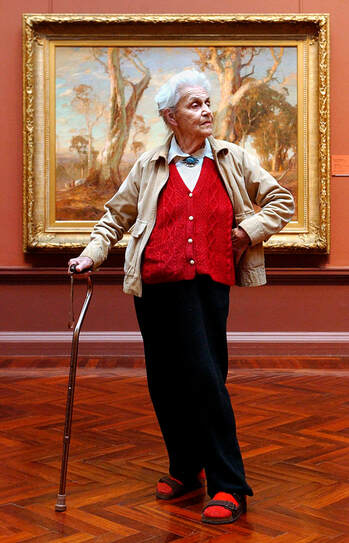
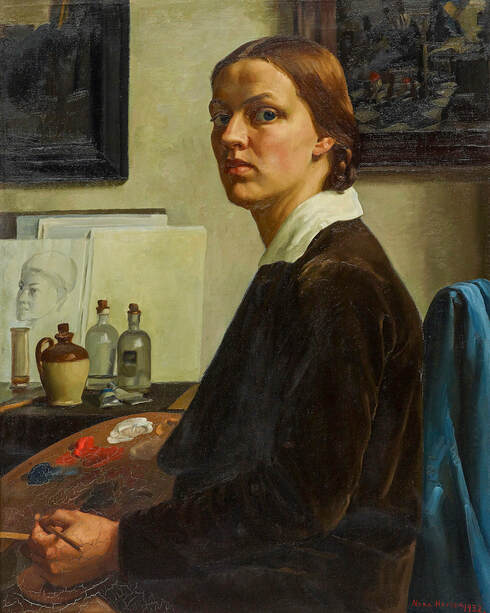
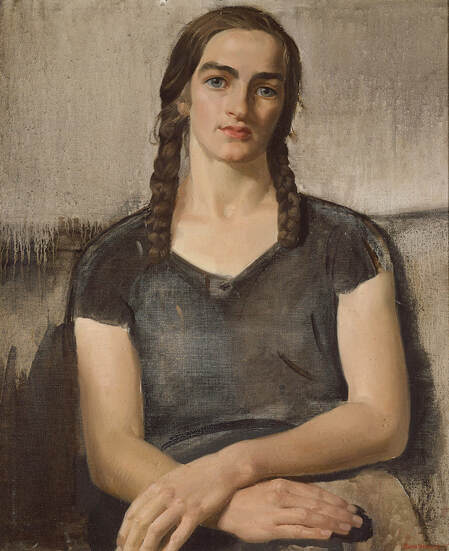
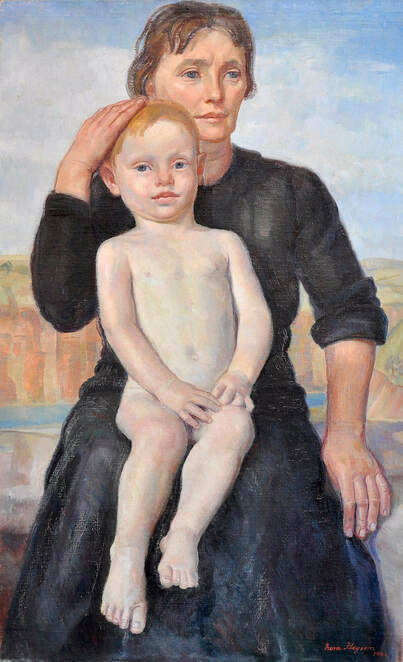


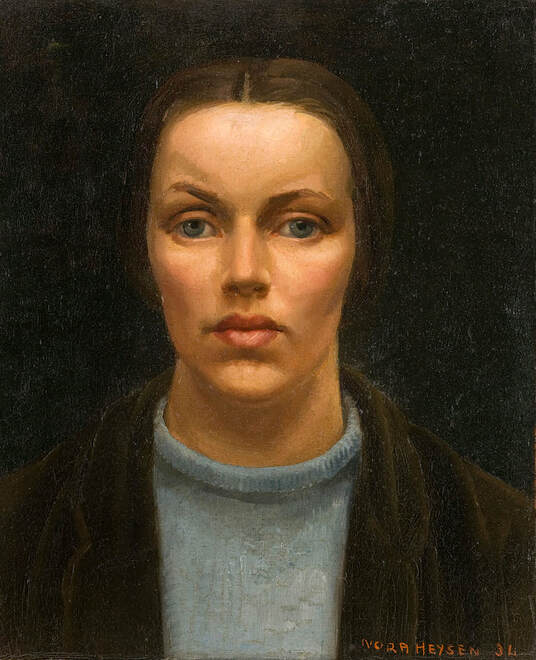
 RSS Feed
RSS Feed